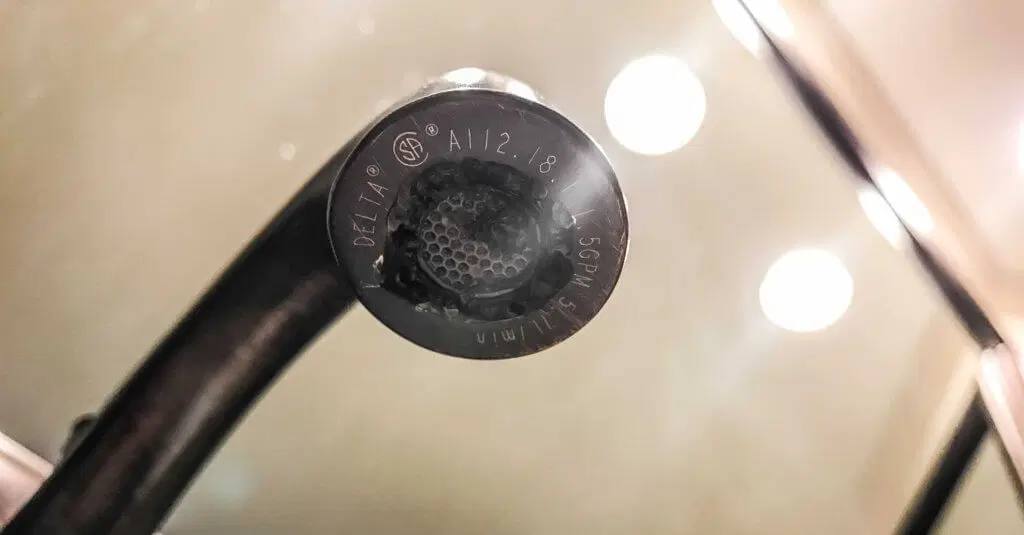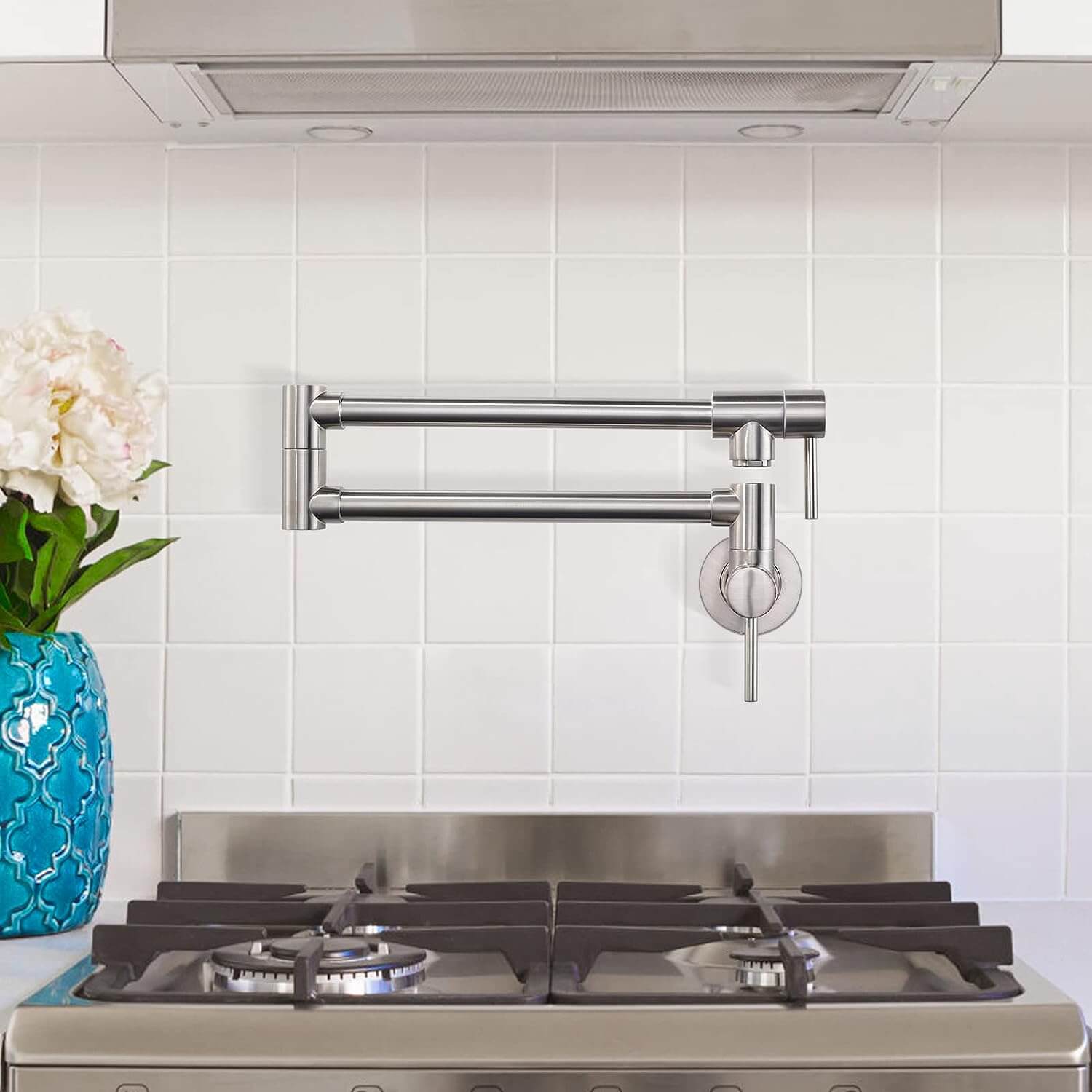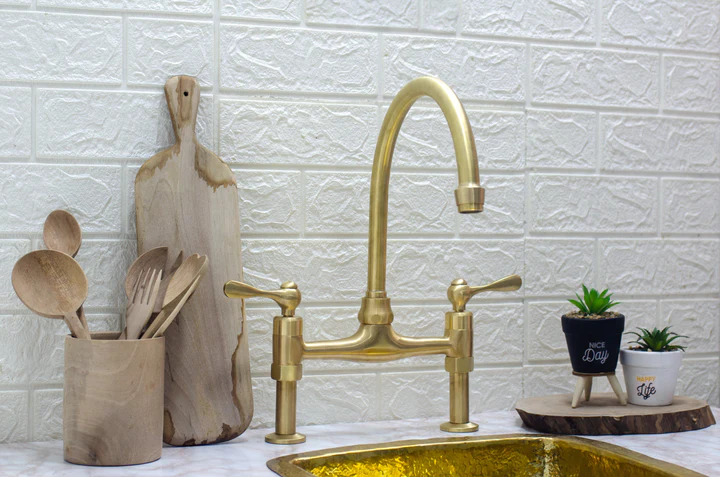Black Slime on Faucet: Causes, Concerns, and Solutions
In the realm of household mysteries, the presence of black slime on a faucet is a perplexing enigma. Is it a harmless inconvenience or a potentially hazardous issue? In this article, we’ll delve into the world of black slime on faucets, uncovering its causes, potential dangers, and practical solutions to keep your water fixtures safe and hygienic.
Black Slime on Faucet: Causes and Concerns
Let’s begin the journey to demystify the dark dilemma of black slime on faucets and understand the implications for your home and health.
1. The Origins of Black Slime
Is black slime on faucet dangerous? Black slime, often referred to as biofilm, is a common intruder on faucets. It thrives in the moist environment and is primarily composed of bacteria, fungi, and algae. Understanding its origins is crucial to addressing the issue.
2. Is black slime on faucet dangerous?
Opening Lines: The presence of black slime can be unsettling, but is it dangerous? While it isn’t typically a direct health threat, it can become a breeding ground for harmful microorganisms over time, potentially affecting the water quality.
3. Prevention and Maintenance
Opening Lines: Prevention is the first line of defense against black slime on faucets. Regular cleaning and proper maintenance of your fixtures can help you keep this unwelcome guest at bay.
4. Elimination: Banishing the Darkness
Opening Lines: Once black slime takes residence, it’s essential to address it promptly. We’ll explore effective methods for eliminating the biofilm and restoring the cleanliness of your faucets.
5. Ensuring Safe Water Quality
Opening Lines: Your faucet is the gateway to clean water. We’ll discuss how to ensure the water quality remains unaffected by black slime and maintain a hygienic household.
Taking Control: Conclusion
The presence of black slime on a faucet may not be an immediate cause for panic, but it’s a problem worth addressing. Regular maintenance and prompt elimination are your allies in ensuring that your water fixtures remain clean, safe, and hygienic.
FAQs:
1. Is black slime on faucet dangerous a health hazard?
- While not an immediate threat, black slime can become a breeding ground for harmful microorganisms if left unaddressed, potentially affecting water quality.
2. How can I prevent black slime on my faucet?
- Regular cleaning and maintenance, along with proper ventilation in your bathroom, can help prevent the formation of black slime.
3. What cleaning methods are effective for eliminating black slime?
- Various methods, including using vinegar, baking soda, or commercial cleaners, can be effective in removing black slime. We’ll discuss these in detail.
4. Can black slime affect the taste or odor of my tap water?
- Yes, it can. Biofilm can alter the taste and odor of tap water, emphasizing the importance of addressing the issue.
5. How often should I clean my faucets to prevent black slime buildup?
- Regular cleaning, at least once a week, is recommended to prevent the buildup of black slime and maintain hygienic faucets.
Black slime on a faucet might be a mysterious guest, but with the right knowledge and practices, you can manage and eliminate it effectively. Protecting the cleanliness and safety of your water fixtures ensures a hygienic home and peace of mind.







